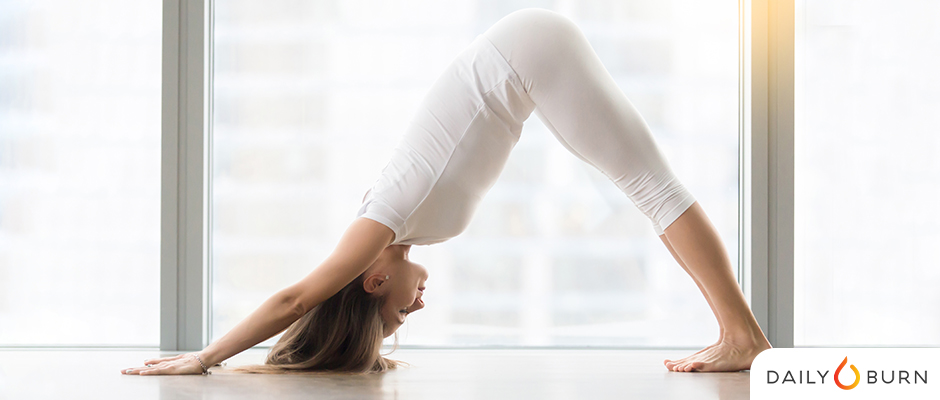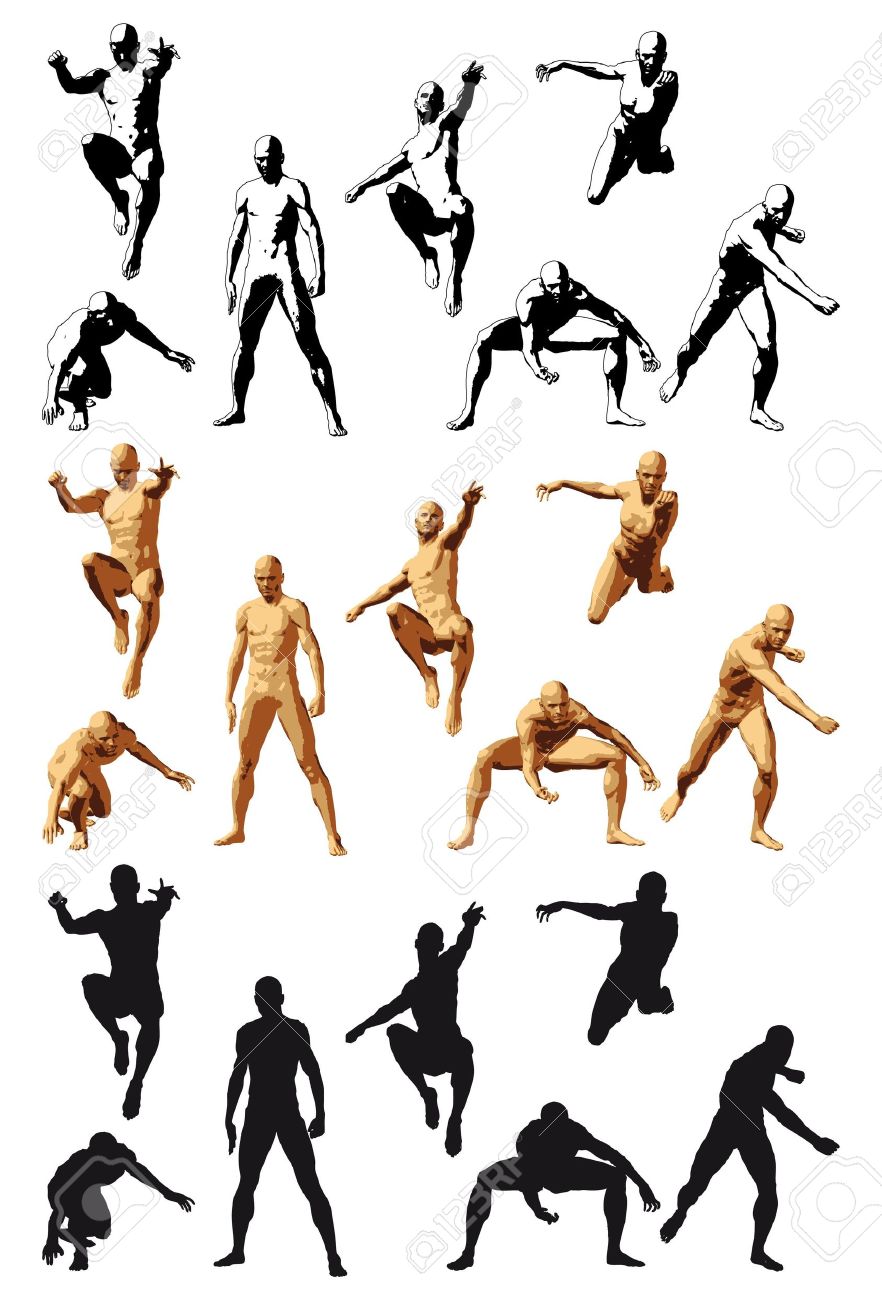
Deep breathing is an excellent way to reduce stress levels and improve your health. Deep breathing can lower blood pressure, release endorphins, and help you feel more relaxed. Cortisol levels rise when you take shallow and short breaths. This can make focusing, concentration, and sleeping well difficult.
It reduces heart strain and workload
Deep breathing is an excellent practice that can help your body reduce the workload on your heart. Deep breathing, when done correctly, can help to reduce stress and strain that is placed on your heart. Deep breathing is a way to release tension from your diaphragm as well as the breathing muscles. It also reduces the load on your heart. It can also be helpful in relieving respiratory conditions such as asthma or breathlessness.
Deep breathing has complex and varied physiological effects. A simplified model of the respiratory-central nervous-cardiovascular interaction network is shown in figure 2. This network is involved with breathing patterns that impact cardiovascular and autonomic functions. The effects of deep breathing are far-reaching.

Helps you calm down
Deep breathing can be a powerful tool for calm and relaxation. It can reduce blood pressure and heart beat, and can improve your mental clarity. It's best to do it daily. The longer you practice it, the easier it becomes to use during stressful moments. Choose a breathing technique that feels natural and comfortable for you.
Deep breathing stimulates and activates the vagus neuron. This nerve runs through the brain stem and the diaphragm. It also connects with the rest of our bodies. Deep breathing activates this nerve, which helps relax the body and reduces blood pressure. It also engages the parasympathetic nervous, which is responsible to digestion, breathing, heartbeat, and other functions.
Helps you sleep
Deep breathing promotes sleep by triggering your parasympathetic nervous system, which triggers physiological processes that induce sleep. The act of conscious breathing is essential to falling asleep and promoting parasympathetic activity, which reduces stress and lowers blood pressure. It can also relax the muscles.
Deep breathing exercises are great for relaxation and sleeping. They can be beneficial to people suffering from different sleep disorders. Several studies have found that deep breathing can calm the central nervous system and promote a calmer state of mind.

Clears up acne
Deep breathing can help improve your complexion by increasing circulation. If you breathe correctly, your body gets more oxygen than it requires, which is great for your skin. Although most people don't take deep enough breaths, even 10 to 20% of those 20 minutes can give your body a boost. Deep breathing can also be beneficial for improving your body's stress response. Chronic stress can lead you to anxiety, depression, and burnout. Stress hormones also cause inflammation and tissue breakdown.
Deep breathing can have anti-aging effects. Deep breathing is believed to boost endorphins production which can make us feel more positive. Deep breathing is also known to help detoxify the body and encourage the release of harmful toxic toxins. Deep breathing helps improve skin texture and stimulates cellular growth.
Keeps you looking young
Deep breathing can have many benefits. It can increase your energy and reduce the signs of aging. It eliminates excess carbon dioxide from the body and provides a rich supply of oxygen to the blood, invigorating your cells and tissues. In addition, deep breathing has been found to improve circulation and reduce the negative effects of stress on the skin, such as cortisol-induced breakouts.
FAQ
What are some of the best yoga mats available?
There are many kinds of yoga mats. Choose one based on its size, price, and durability.
A good quality mat will be thick enough to protect your floor surface from scratches but thin enough to move quickly.
An inexpensive mat might not be enough to provide sufficient support.
Who would the most benefit from practicing yoga?
Yoga's target market is anyone who wants to have a better quality life through improved health and fitness. People who wish to improve balance, flexibility, posture, and overall health.
They might also be looking to gain or lose weight. They may be interested in reducing stress or anxiety and finding peace of mind.
People with disabilities include arthritis, back problems, asthma, diabetes, heart disease, high blood pressure, insomnia, migraines, obesity, osteoporosis, rheumatoid arthritis, and spinal injuries. Yoga is especially beneficial for these individuals.
How long does it take to learn yoga?
Yoga is a long-term journey that requires patience and dedication. The truth is that everyone has his/her own pace when learning new things.
It doesn't make a difference how old you might be. If you're willing to put in the effort and work hard, any yoga routine can be achieved.
What happens if you stop doing yoga?
It's common to lose interest in an activity over time. Yoga may cause stiffness in your body if you stop regularly practicing it. Poor posture, lack of exercise and aging can all contribute to stiffness.
You might consider taking a few more classes if your flexibility becomes less apparent over time. It's important to maintain a regular routine. Exercise is good for your bones and muscles. Make sure you get enough sleep, and eat right.
Statistics
- According to calorie estimates calculated at Harvard Medical School, the average 125-pound person burns about 120 calories in a half hour of hatha yoga, and a 185-pound person burns about 178 calories in that half hour. (everydayhealth.com)
- Gentle yoga has been shown to ease some of the discomforts of tender, swollen joints for people with arthritis, according to a Johns Hopkins review of 11 recent studies. (hopkinsmedicine.org)
- In comparison, a 125-pound person is estimated to burn 135 calories in 30 minutes of walking (at a pace of 15-minute miles) and 210 calories bicycling at a moderate pace on a stationary bike. (everydayhealth.com)
- A 2020 review of 27 studies (1,805 total participants) of yoga interventions in children or adolescents found reductions in anxiety or depression in 70 percent of the studies, with more promising results for anxiety. (nccih.nih.gov)
- Lock in 25% off your Founding Member rate. (corepoweryoga.com)
External Links
How To
What can yoga do for your menopause symptoms
Yoga, an ancient form of meditation, focuses on breathing, stretching, and meditation. It originated in India. It has been used for thousands of years to keep fit. It has been increasingly popular in recent years as people look for alternative ways to stay healthy and active during times of stress or illness.
Yoga is based around using physical postures (asanas) to stretch muscles, improve posture and increase flexibility. This can help relieve tension, increase strength, and endurance.
There are many types and styles of yoga. Each type focuses on specific aspects of the body, such as breath, stretching, and relaxation.
The aim of all forms of yoga is to achieve balance within the body and mind. Yoga has many benefits, including improved fitness, weight loss, improved sleep quality, energy levels, and reduced stress.
Numerous studies have demonstrated that yoga can be used to treat anxiety, depression, and insomnia. It isn't clear if yoga can be used to treat other health issues, such as symptoms related to menopause.
Yoga not only makes you happier but also helps you relax and manage stressful situations. This can be useful for women going through menopause.
It is important that you know that yoga can cause soreness in the muscles after exercising. Your doctor should be consulted if you have questions or concerns about your health.